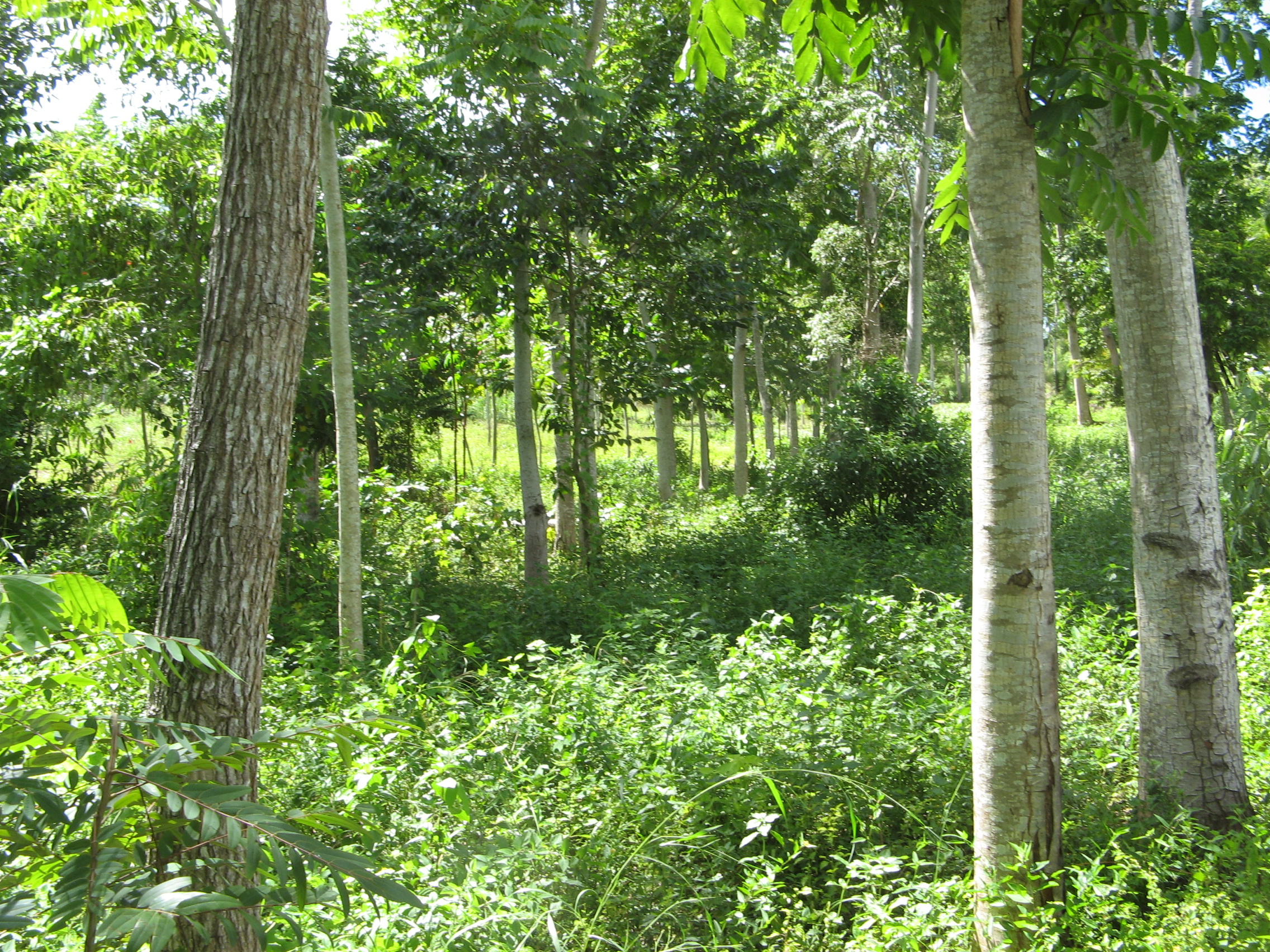
World Vision Natural Resources Management project on Gonâve Island
October 21, 2013
A short flight from the Haitian capital of Port au Prince is the island of La Gonâve .
Charcoal making is one of main industries of the island and along with land clearing for farming, this has contributed to the decimation of the island’s forests.
We drove for around 2 hours from Anse-a-Galaets on what was one of the most bone jerking bumpy roads I’ve ever been on to visit a now closed WV Australia (AusAid funded) natural resource management project. The project had been very successful in creating awareness on the impact of forest destruction. The message struck home as the soils quickly lose fertility once the forest is cleared, erosion is severe on the mountainous island, and water shortages became critical. Over 250,000 tree seedlings were supplied per year during the life of the project with a very good average survival rate of 76%. What had been a very eroded and deforested landscape was now covered in trees, and the work did not stop when the project stopped. Farmers continue to collect, raise and plant new trees, and they allow natural regeneration of naturally self-seeding trees which germinate after harvesting mature trees.
This is very significant and to me would certainly justify an ex post project evaluation and, a follow up project, not to repeat what was done before, but to mobilize the movement that has been unleashed and facilitate its spread onto the mainland. The communities could benefit with further guidance on silvicultural methods, promotion of nitrogen fixing trees for agroforestry and help with organizing themselves and marketing.
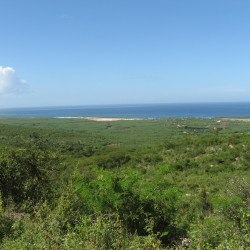
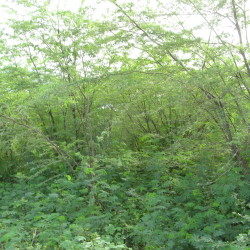
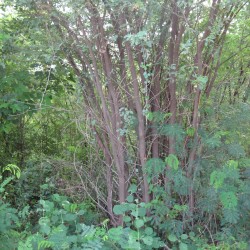
The lower altitudes of La Gonâve are heavily covered with prosopis juliflora – a thorny, invasive species – (though native to Haiti), and there are many other emerging trees in this low canopy including neem, leucaena and indigenous tree species. While prosopis is commonly seen as an invasive weed, it has greatly reduced erosion and landslides, provided fuel wood and a steady income from charcoal production and fodder to the islands goat population. What could be seen as a nuisance, actually has tremendous capacity to maintain a very large and sustainable charcoal, fodder, firewood and light pole industry, while maintaining some degree of environmental integrity.
For Haiti as a whole, some 300,000 Metric tons of charcoal are produced annually at a value of $65 million and some 1.5 million M.tons of firewood are consumed. Some 150,000 people are employed in the charcoal industry as much of the population is dependent on charcoal for cooking.
If communities were organized and given training in silvicultural practices and marketing, the forest would be improved while providing sustainable employment and income generation.
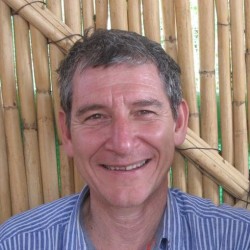
Tony Rinaudo is Natural Resources Advisor in the Food Security and Climate Change Team at World Vision Australia. Tony pioneered FMNR in Niger during the 1980s and his tecniques have been adopted by farmers all over the world. He is currently travelling to Haiti to introduce FMNR and help counteract devastating deforestation.
